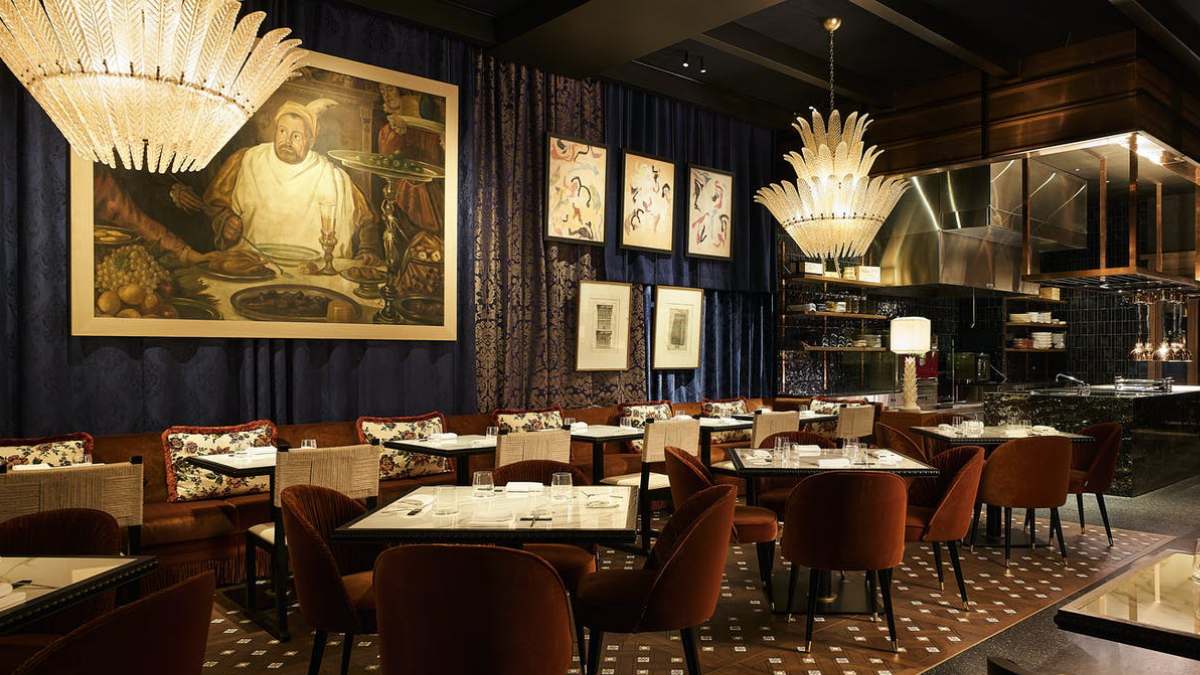Click here to read the Spanish version.
José Andrés is one of the most mediatic Spanish chefs in the world and in the United States he is a true gastronomic institution with a large number of restaurants. His latest opening has been a new The Bazaar, this time located in New York and with a surprising and risky proposal that is already giving him very good results. Although he already has Bazaar restaurants in Chicago or recently in Washington – his city par excellence – for this new New York venture, the Asturian chef has prepared a culinary journey from Japan to Spain, taking a trip through 400 years of history by the hand of Hasekura Tsunenaga, the 17th century samurai and first Japanese ambassador to America and Spain.
The proposal of the new restaurant, located in the Ritz-Carlton hotel, is “to explore the connection between Japanese and Spanish cuisine. Japan and Spain share so many values in the kitchen: the love for rice, the love for frying, the love for grilling, seafood, crustaceans, marinating in vinegar, and when you look, we are so deeply connected,” said the chef during his inauguration a few days ago.
The design of the restaurant reinforces the idea of nautical travel, including drawings of sailboats on the bar, a round central table that evokes navigators’ maps to guide them, and backlit fabric spheres that look like Japanese lanterns with Andalusian bangs.
Spanish-Japanese food
As for the menu, it obviously offers an interpretation of the cultural interaction between Japan and the chef’s native Spain. The menu is divided into different categories: from small starters, raw foods, sea and land ham, soups and salads, fried foods, grilled foods. Among the surprising proposals, José Andrés has highlighted his special socarrat. “You’ve never experienced a socarrat like this before! You may know what crispy rice sticking to the bottom of the pan is…. But we have created a version that brings the Japanese influence and is covered with aji shima with small daubs of wasabi,” Andrés himself commented in his networks.
Other delicacies included in the menu are Iberian pork cooked on robata and Japanese wagyu from Josper, Madai crudo, sushi hako, eggplant with honey and miso or puntillitas, fried baby squid with cured egg yolk.
As a good Spanish and Japanese restaurant, there is an important place for the liquid menu, with drinks ranging from shochu and sake to Japanese liquors such as whiskey and gin and, of course, a great prominence of Spanish wines.

